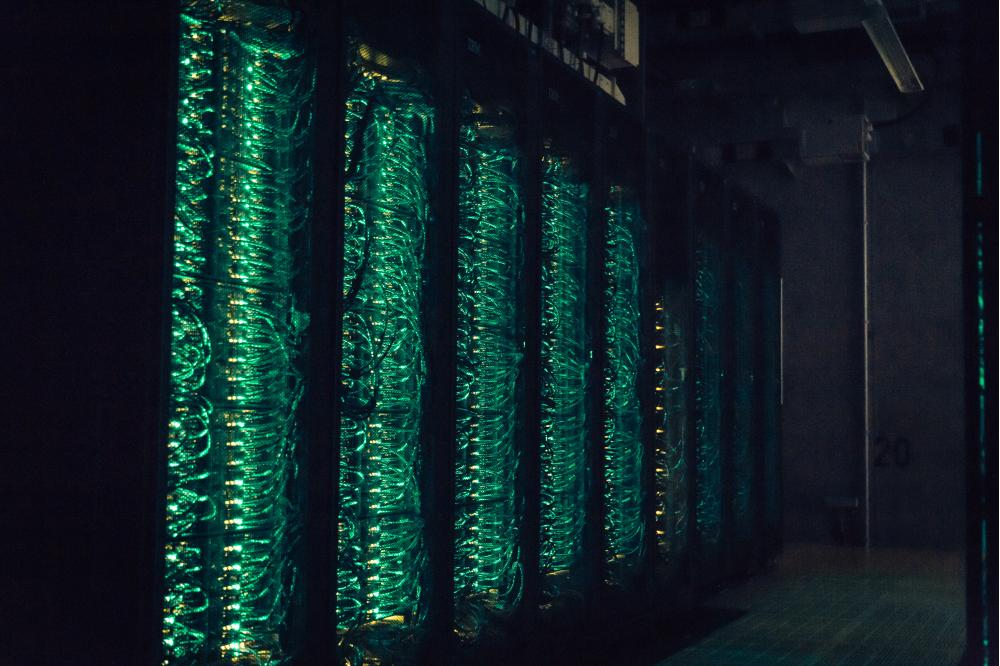Digital Matching of Simulation Models With Thermal Paint Experimental Data
Introduction
To increase the thermodynamic efficiency of aero engines and gas turbines the turbine entry temperature was increased far above the melting temperature of turbine blade materials. Therefore, the cooling design of the high pressure turbine is of great importance. On the one hand it has to be ensured that the thermal loading capacity of the blades is not exceeded. On the other hand cooling air should not be wasted to avoid a loss in efficiency. To find the optimum cooling design numerical investigations with conjugate heat transfer simulations of fluid domain and solid domain are performed. Due to the complex flow field in the high pressure turbine which is dominated by turbulence, boundary layers, interaction of stationary vanes and rotating blades and mixing processes of secondary and main flow the simulation is very complex and various modeling assumptions have to be made to reduce the computational effort. In the temperature prediction those assumptions lead to deviations between simulation and thermal paint experiments. The aim of this project is to understand which of those simplifications have the greatest influence on the quality of the temperature prediction and to develop a procedure to improve the matching between conjugate heat transfer simulations and thermal paint experiments.
Methods
“Conjugate Heat Transfer”: Using the commercial solver “Siemens Simcenter StarCCM+” coupled simulations of the internal and external flow as well as the solid of fully featured HPT blades are performed to predict the blade temperature distribution.
“Scale Resolving Simulation”: Identification of large modelling errors in RANS simulations by performing Scale Resolving Simulations on simplified testcases.
Results
The steady RANS simulations of a film cooled flat plate showed a significant difference to experimental data of the same test case. An additional scale resolving LES simulation of the case showed better agreement with the experiment. By comparing the LES and the RANS, it could be shown that the RANS is underpredicting the turbulent heat flux, which in RANS is modelled with the Gradient Diffusion Hypothesis and a constant turbulent Prandtl number. The LES, where most of the turbulent heat flux is directly resolved, showed that the assumption of a constant turbulent Prandtl number is not valid for film cooling cases. The turbulent Prandtl number calculated from LES results shows a large spatial variation in the region of the mixing of cooling film and main flow.
Discussion
As seen, the assumption of a constant turbulent Prandtl number, which is the default configuration for RANS simulations can lead the large errors in the temperature prediction of film cooled turbine blades. In RANS therefore the mixing between film and main flow is underpredicted which leads to a wrong prediction of the temperature field and therefore also of the blade temperature. To improve the blade temperature prediction in the next part of the project it is planned to derive a spatial distribution for the turbulent Prandtl number, which can be applied in RANS simulations. This spatial distribution should be derived with the help of the LES results.




